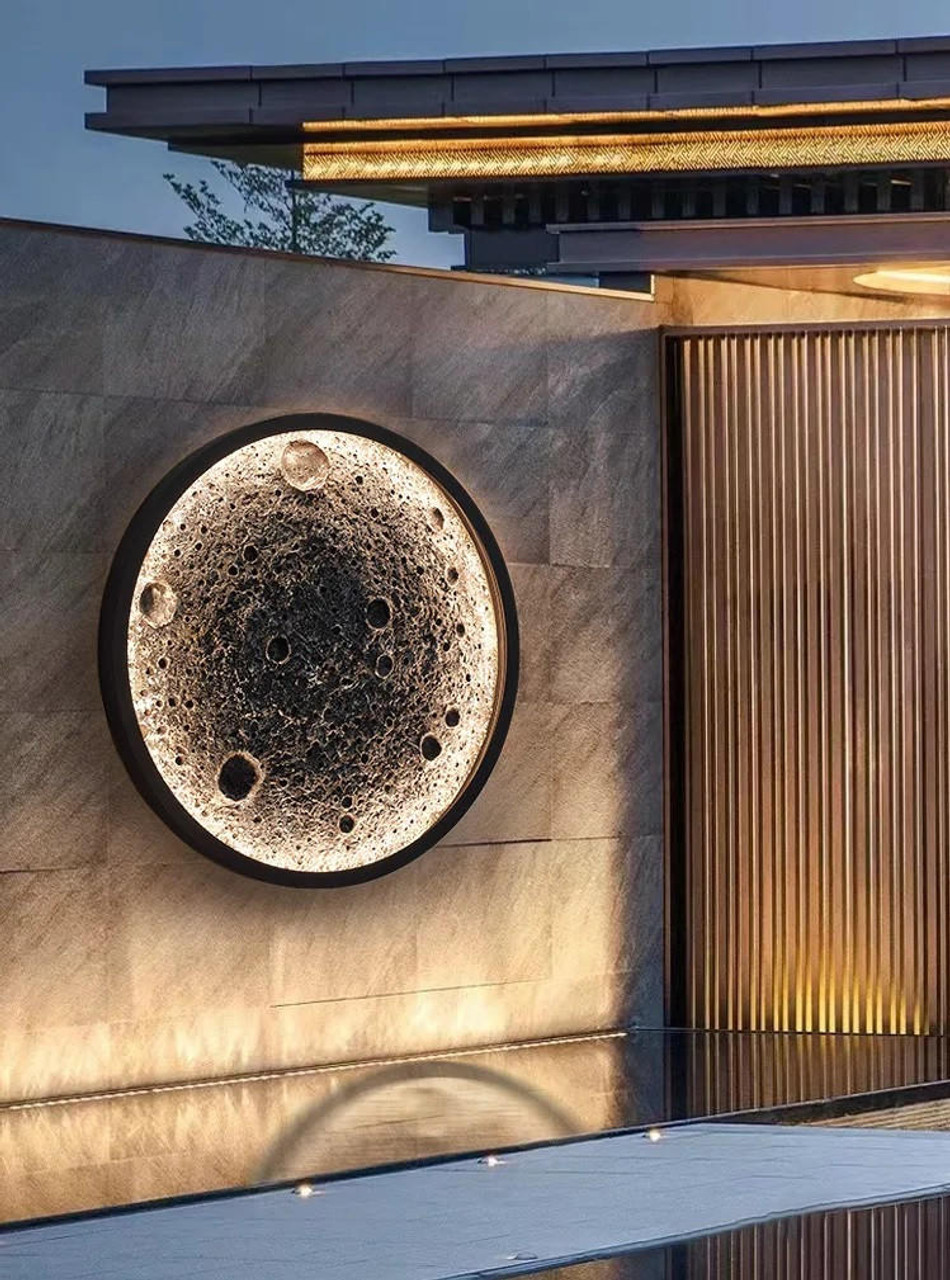Integrating Human and Machine: The Fusion of Cyborg Architecture with Biological and Technological Elements
Aug 31, 2024
In the rapidly evolving landscape of architecture, a new paradigm is emerging that blends the boundaries between biology, technology, and the built environment. This paradigm, known as cyborg architecture, seeks to harmonize human needs with technological advancements, creating spaces that are not only functional but also responsive, adaptive, and deeply integrated with the human experience. The fusion of biological and technological elements in cyborg architecture represents a profound shift in how we design and interact with our surroundings, pushing the boundaries of what architecture can achieve.
The Evolution of Cyborg Architecture
Cyborg architecture is an extension of the broader concept of cyborgs—beings that combine organic and biomechatronic parts. In the context of architecture, this concept is applied to create structures that enhance human abilities, improve quality of life, and foster a deeper connection between individuals and their environments. The evolution of cyborg architecture can be traced back to several key developments in both technology and design thinking.
In the early 20th century, architects and designers began experimenting with integrating technology into buildings to improve functionality and efficiency. The development of smart homes, automated systems, and responsive environments laid the groundwork for more advanced applications of technology in architecture. However, it wasn't until the advent of wearable technology, artificial intelligence (AI), and the Internet of Things (IoT) that the true potential of cyborg architecture began to be realized.
Today, cyborg architecture is characterized by the seamless integration of biological and technological elements, creating spaces that are dynamic, interactive, and tailored to the needs of their occupants. This approach goes beyond the traditional notion of architecture as a static, unchanging structure, instead envisioning buildings as living, breathing entities that can evolve and adapt over time.
The Principles of Cyborg Architecture
Cyborg architecture is guided by several core principles that differentiate it from conventional architectural practices. These principles focus on creating environments that are not only technologically advanced but also deeply human-centered, enhancing the connection between individuals and their surroundings.
1. Biomimicry and Nature-Inspired Design
One of the foundational principles of cyborg architecture is biomimicry, which involves drawing inspiration from nature to inform design solutions. By studying the forms, processes, and systems found in the natural world, architects can create buildings that are more sustainable, efficient, and harmonious with their environments.
For example, architects might design structures that mimic the energy efficiency of a tree's photosynthesis process or the self-healing properties of certain biological tissues. These nature-inspired designs often incorporate materials that are not only sustainable but also capable of interacting with their surroundings in ways that traditional materials cannot.
2. Technological Integration and Smart Systems
At the heart of cyborg architecture is the integration of advanced technologies that enhance the functionality and adaptability of buildings. These technologies include AI, IoT, robotics, and wearable devices that enable buildings to respond to the needs of their occupants in real time.
Smart systems can monitor environmental conditions, adjust lighting and temperature, and even anticipate the needs of residents based on their behaviors and preferences. This level of technological integration transforms buildings from passive structures into active participants in the lives of their occupants, capable of learning, adapting, and evolving over time.
3. Human-Centric Design and Accessibility
Cyborg architecture places a strong emphasis on human-centric design, prioritizing the needs, comfort, and well-being of occupants. This approach goes beyond aesthetics to consider how spaces can be optimized for health, productivity, and overall quality of life.
For example, cyborg architecture might incorporate adaptive environments that can change their layout, lighting, or acoustics based on the specific needs of individuals with disabilities. These spaces are designed to be inclusive, ensuring that everyone, regardless of physical or cognitive abilities, can interact with and benefit from the built environment.
4. Sustainability and Environmental Responsiveness
Sustainability is a critical component of cyborg architecture, with a focus on creating buildings that are not only energy-efficient but also capable of interacting with their environment in ways that reduce their ecological footprint. This might involve the use of renewable energy sources, such as solar panels or wind turbines, as well as advanced materials that can absorb and store energy.
Moreover, cyborg architecture often incorporates systems that can adapt to changing environmental conditions, such as buildings that can adjust their ventilation or insulation based on the weather. By designing structures that are responsive to their environment, architects can create spaces that are not only sustainable but also resilient in the face of climate change.
The Role of Lighting in Cyborg Architecture
Lighting plays a crucial role in the integration of biological and technological elements in cyborg architecture. In this context, lighting is not merely a functional component of a building but an integral part of the human-machine interface, enhancing the occupant's experience and well-being.
1. Adaptive Lighting Systems
In cyborg architecture, lighting systems are designed to be adaptive, responding to the needs of the occupants and the environment in real time. For example, smart lighting systems can adjust their brightness, color temperature, and intensity based on the time of day, the level of natural light available, or the activities taking place in the space.
These systems often use AI and IoT technologies to learn the preferences of the occupants and create personalized lighting environments that optimize comfort, productivity, and mood. In a workspace, for example, the lighting might be bright and cool during the day to promote alertness and focus, while in the evening, it could shift to warmer tones to create a more relaxing atmosphere.
2. Biophilic Lighting and Circadian Rhythms
Cyborg architecture also incorporates biophilic design principles, which emphasize the connection between humans and nature. In terms of lighting, this might involve the use of natural light sources, such as skylights or large windows, to create spaces that are flooded with daylight.
Additionally, cyborg architecture often incorporates lighting systems that are designed to support the occupant's circadian rhythms. These systems can simulate the natural progression of daylight, with varying levels of brightness and color temperature throughout the day to mimic the changing light conditions of the sun. This type of lighting has been shown to improve sleep quality, mood, and overall well-being, making it an essential component of human-centric design in cyborg architecture.
3. Interactive and Responsive Lighting
Another key aspect of lighting in cyborg architecture is its interactivity. In this context, lighting systems are designed to respond to the presence and movements of occupants, creating dynamic and immersive environments. For example, motion sensors can trigger lights to turn on or off as people move through a space, or the lighting could change color in response to the mood or activity level of the occupants.
Interactive lighting can also be used to enhance accessibility, with systems that can provide visual cues or signals for individuals with hearing impairments. These systems can be integrated with other smart technologies, such as voice assistants or wearable devices, to create a seamless and intuitive user experience.
Case Studies: Examples of Cyborg Architecture
To better understand the principles of cyborg architecture in practice, let's explore some real-world examples where biological and technological elements have been successfully integrated into the built environment.
1. The Edge, Amsterdam
The Edge, an office building in Amsterdam, is often cited as one of the most sustainable and technologically advanced buildings in the world. Designed by PLP Architecture, The Edge integrates numerous smart technologies, including IoT devices and AI systems, to create an environment that is both energy-efficient and highly responsive to the needs of its occupants.
The building's lighting system is a prime example of cyborg architecture in action. Each light is equipped with sensors that monitor occupancy, temperature, and light levels, adjusting automatically to provide optimal lighting conditions while minimizing energy use. The system can also be controlled via a smartphone app, allowing employees to personalize their lighting environment to suit their preferences.
The Edge also incorporates biophilic design elements, such as a central atrium that floods the interior spaces with natural light and provides views of greenery. This connection to nature, combined with advanced technology, creates a workspace that is both productive and supportive of employee well-being.
2. Lumen Museum of Mountain Photography, South Tyrol
The Lumen Museum of Mountain Photography in South Tyrol, Italy, offers another example of cyborg architecture, particularly in its use of lighting and biophilic design. The museum, which is located at 2,275 meters above sea level, is designed to blend seamlessly with its mountainous surroundings while incorporating advanced technologies to enhance the visitor experience.
The building features large windows that offer panoramic views of the Alps, creating a strong connection between the interior spaces and the natural environment. The lighting system is designed to complement the changing light conditions of the mountains, with adaptive lighting that shifts in color and intensity throughout the day.
In addition to its natural lighting, the museum also uses interactive lighting displays to enhance the presentation of its exhibits. These displays respond to the presence of visitors, creating a dynamic and immersive experience that blurs the line between the physical and digital worlds.
The Future of Cyborg Architecture
As technology continues to advance, the possibilities for cyborg architecture are virtually limitless. The integration of AI, robotics, and wearable devices into the built environment will enable architects to create spaces that are not only more functional but also more attuned to the needs and desires of their occupants.
In the future, we can expect to see buildings that are capable of self-diagnosing and repairing structural issues, spaces that can reconfigure themselves to accommodate different uses, and environments that can monitor and respond to the health and well-being of their occupants. These advancements will further blur the boundaries between biology and technology, creating a new era of architecture that is truly human-centric.
However, the rise of cyborg architecture also raises important ethical and societal questions. As buildings become more technologically advanced, concerns about privacy, security, and the potential for inequality in access to these technologies will need to be addressed. It will be crucial for architects, designers, and policymakers to work together to ensure that the benefits of cyborg architecture are accessible to all, and that these advancements are used to enhance, rather than detract from, the human experience.
Conclusion
The fusion of biological and technological elements in cyborg architecture represents a bold new frontier in the field of architecture. By integrating advanced technologies with nature-inspired design and a focus on human-centric principles, cyborg architecture has the potential to transform the way we live, work, and interact with our built environment.
As we move further into the 21st century, the continued evolution of cyborg architecture will challenge architects and designers to rethink traditional notions of space, form, and function. The buildings of the future will not be static structures, but dynamic, living entities that are deeply integrated with both their occupants and their environment.
In this new era of architecture, the fusion of human and machine will create spaces that are not only more efficient and sustainable but also more responsive to the complexities and nuances of human life. Whether through adaptive lighting systems, interactive environments, or nature-inspired designs, cyborg architecture promises to redefine our relationship with the spaces we inhabit, opening up new possibilities for a more harmonious and connected world.






